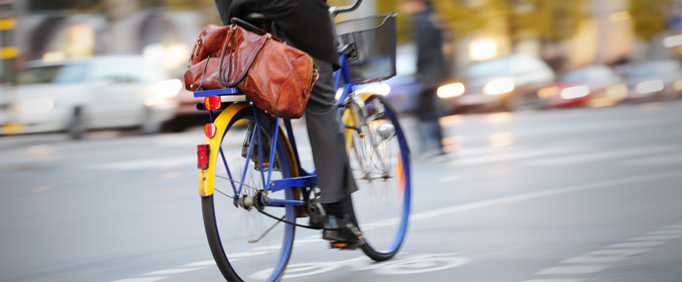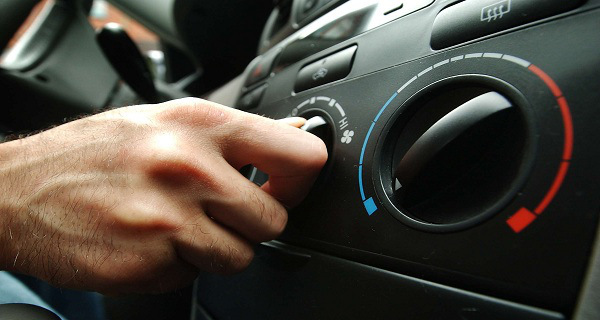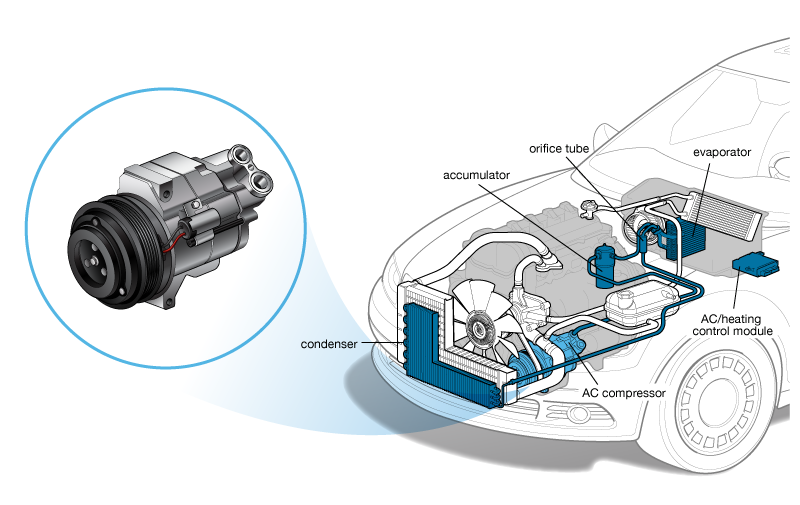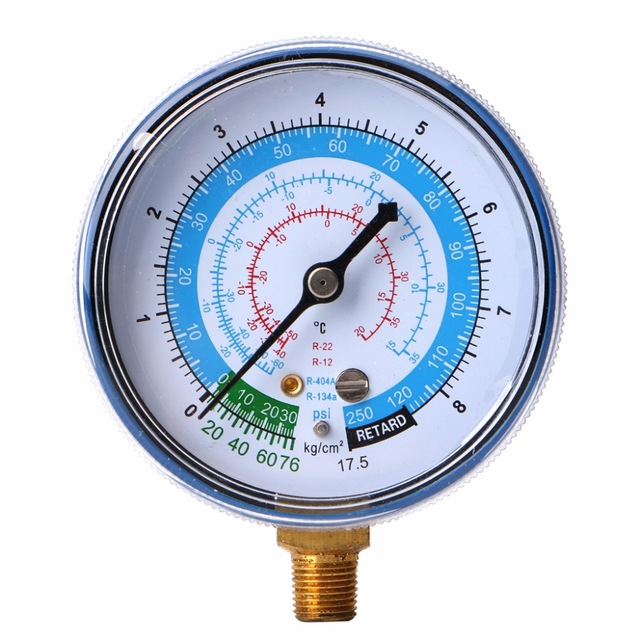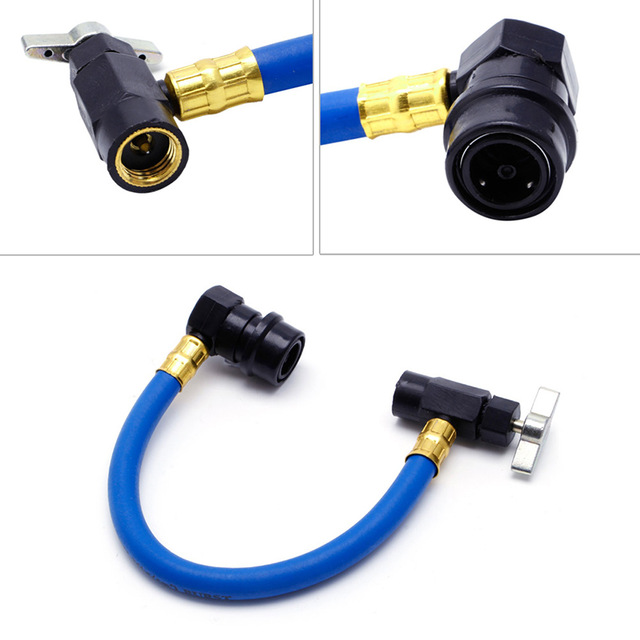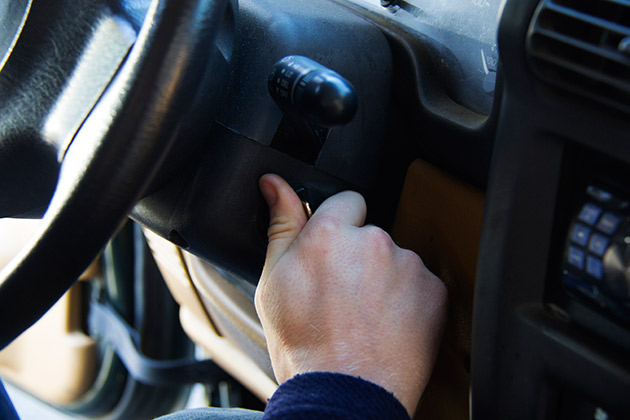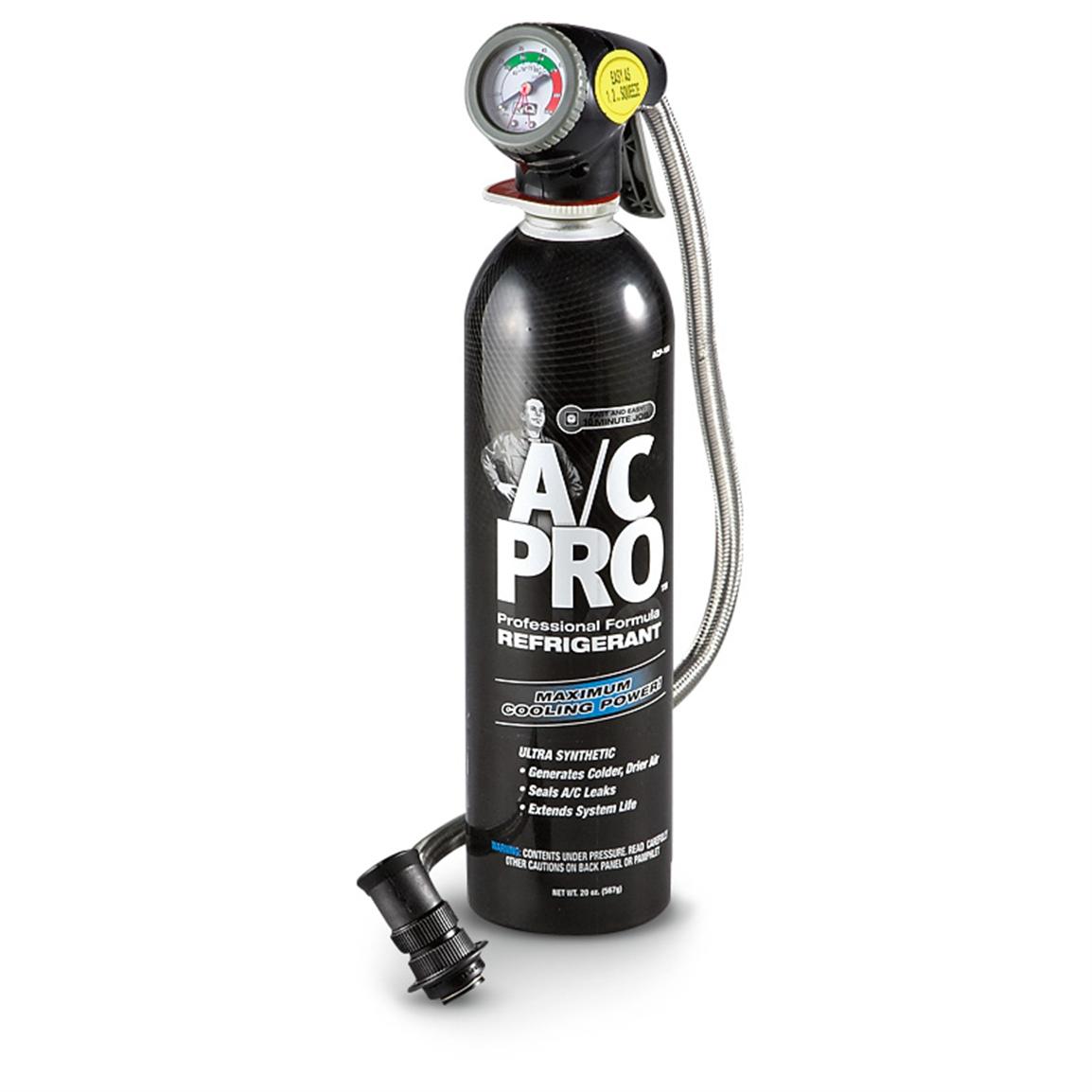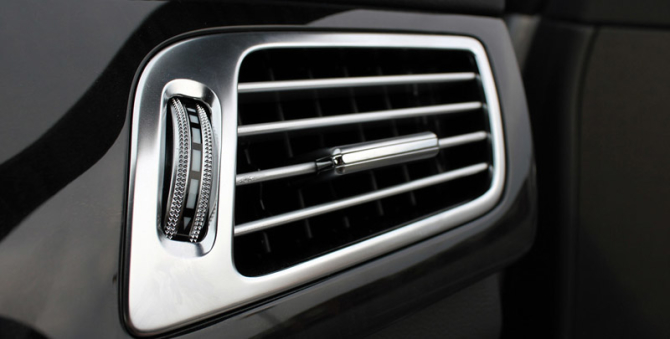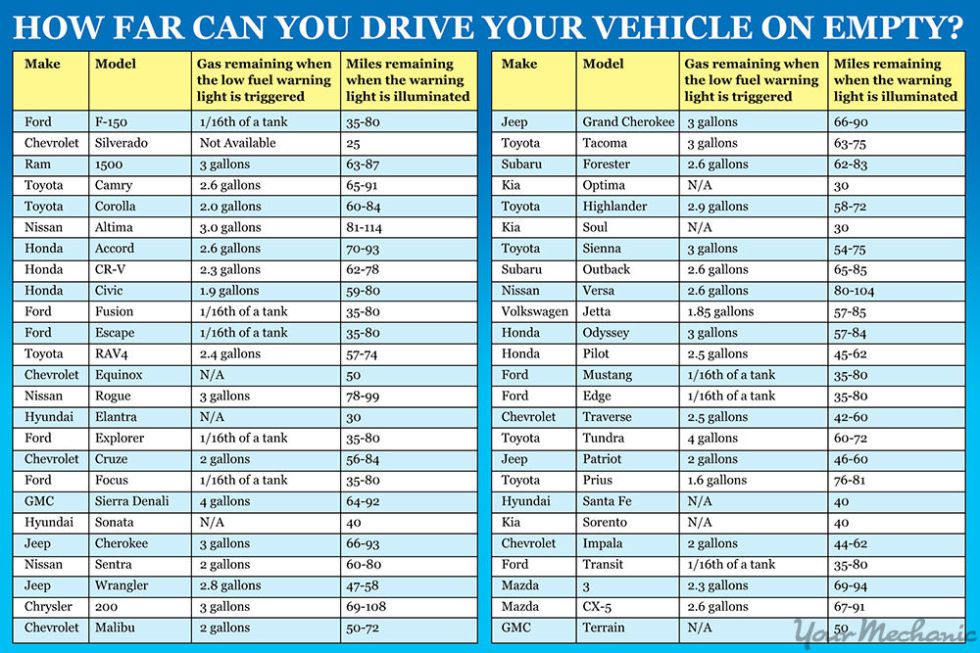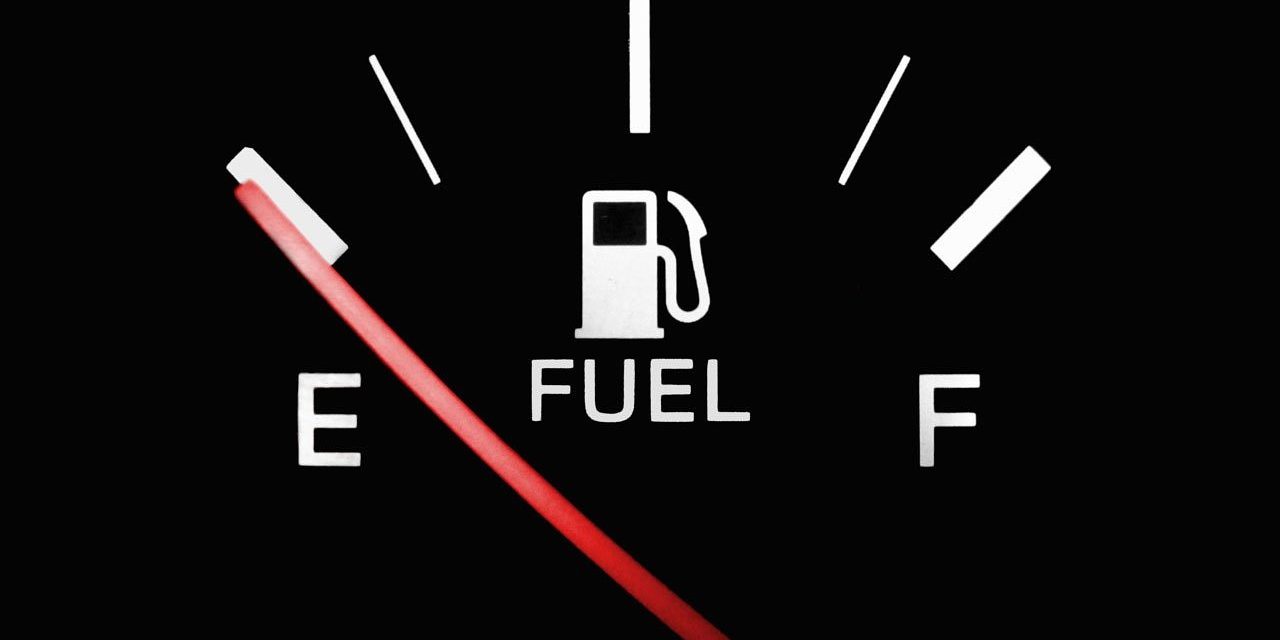As summer gets closer, we begin to see more and more cyclists accompanying us on the road. Therefore it’s important to recognize different types of actions that can help keep us, and our biker friends safe.
Similarly, cyclists can benefit from following these tips to enjoy a safe ride for them and stress-free drive for motorists.

1) Avoid technology while on the road
One of the most obvious tips is to avoid using electronic devices while driving your vehicle or riding your bike. By putting your phone, tablet or headphones down, you are able to focus on the road and stay on alert in the case of an accident or other unexpected occurrences.

2) Give plenty of space
It’s important for drivers to give cyclists plenty of space when sharing the road – especially when overtaking a bike on the street. To prevent any accidents or collisions, drivers must pass cyclists as if passing another vehicle. That is, moving into a different lane when safe to do so.

3) Learn hand signals
Just like drivers use their turn signals to indicate their next move, cyclists use hand signals to let drivers know what their next move is too. For example:
- Right Turn: Fully extend right arm out to the side or bend left arm up at a right angle with your hand flat
- Left Turn: Fully extend your left arm out to the side
- Slow or Stop: Extend left arm out at the right angle with the hand open
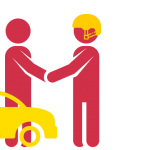
4) Understand each other’s rights to the road
Did you know bicyclists have the same rights as drivers? It’s true! In fact, they are required by law to follow the same rules. So, it’s important for impatient drivers to realize that cyclists have every right to be on the road as they do. Similarly, bicyclists must not abuse this right by being careless.
While sharing the road can sometimes be a bit of a nuisance, it’s something all drivers (and cyclists) have to do. So, why not do everything possible to make the road safer for everyone?
